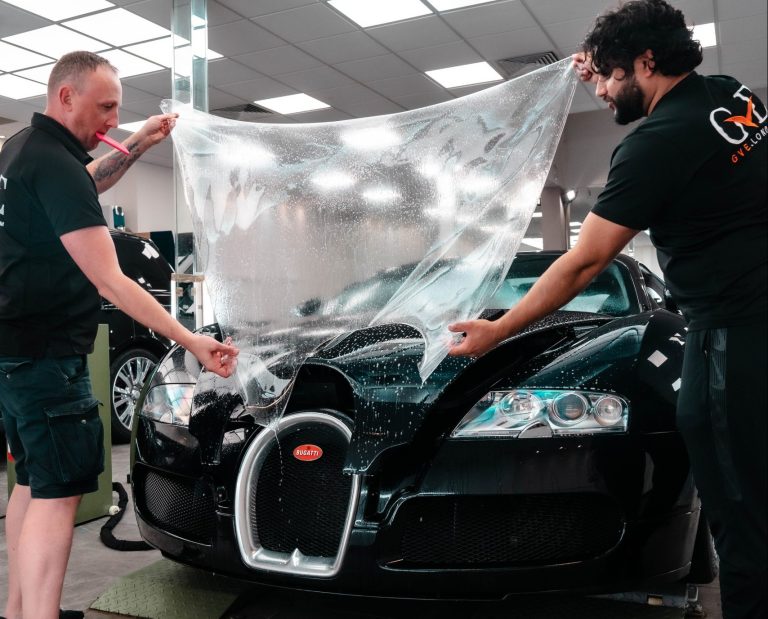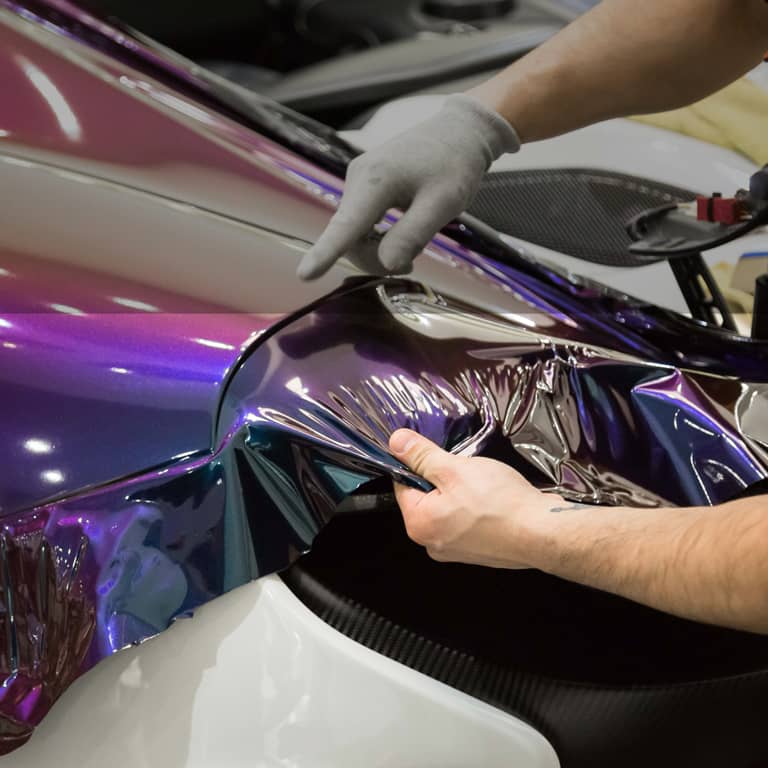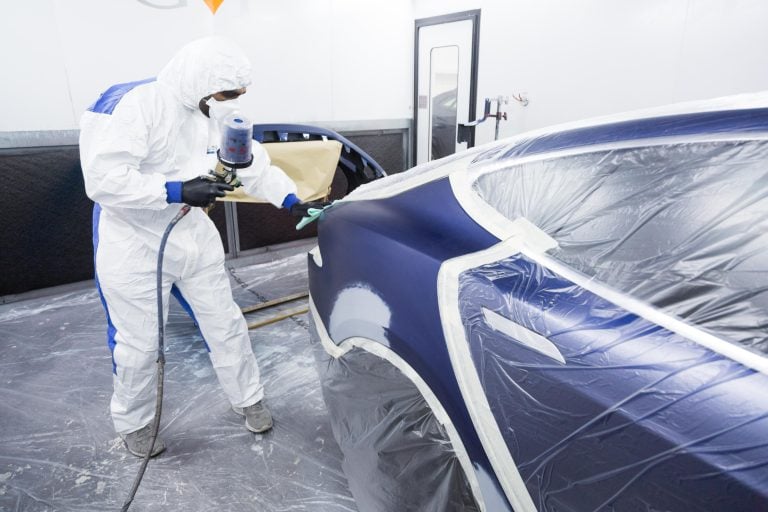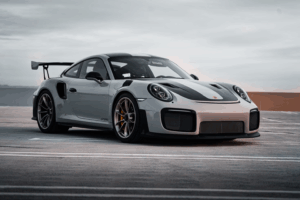DETAILING CASE STUDIES
- Servicing Case Studies
Common Maintenance Issues in Supercars
Discover how to preserve your vehicle's performance and appearance with expert tips on engine care, transmission maintenance, and bodywork protection.
Supercars are engineering marvels, built to deliver exceptional performance and exhilarating driving experiences. However, like any high-performance machine, they require meticulous maintenance to ensure optimal performance and longevity. In this article, we’ll explore some common maintenance issues faced by supercar owners and discuss strategies for addressing them effectively.
1. Cooling System Concerns
Supercars generate immense heat due to their high-performance engines and aggressive driving capabilities. Overheating can lead to engine damage and compromised performance. Cooling system issues, such as coolant leaks, radiator malfunctions, or inadequate airflow, are common maintenance issues in supercars. Regular coolant flushes, radiator inspections, and ensuring proper airflow to the engine are essential preventive measures.
2. Brake Wear and Performance
The intense braking forces experienced by supercars can lead to accelerated brake wear and diminished performance. Brake pads, rotors, and calipers may require more frequent replacement due to the demanding driving conditions. Regular brake inspections, pad replacements, and brake fluid flushes are necessary to maintain optimal braking performance and ensure driver safety.
3. Suspension System Maintenance
Supercars often feature sophisticated suspension systems designed to deliver precise handling and stability at high speeds. However, these systems are subjected to considerable stress during aggressive driving maneuvers, leading to wear and tear over time. Common issues include worn bushings, leaking shocks, and misaligned components. Regular suspension inspections, component replacements, and alignment adjustments are crucial for preserving handling dynamics and ride quality.
4. Electrical System Challenges
The advanced electronics and intricate wiring systems found in modern supercars are susceptible to various electrical issues. Faulty sensors, malfunctioning control modules, and wiring harness issues can disrupt vehicle operation and trigger warning lights. Diagnostic scans, electrical system checks, and software updates are essential for identifying and resolving electrical gremlins effectively.
5. Tire Wear and Alignment
High-performance tires are a critical component of supercar performance, providing traction, grip, and stability during spirited driving. However, aggressive driving habits and improper alignment can lead to premature tire wear and uneven tread patterns. Regular tire rotations, alignments, and inspections are necessary to maximize tire life and maintain optimal handling characteristics.
6. Engine Oil Contamination
Supercar engines operate at high temperatures and RPMs, causing engine oil to degrade more rapidly than in conventional vehicles. Contaminants such as metal particles, dirt, and combustion byproducts can accumulate in the oil, leading to increased friction and wear on engine components. Regular oil changes using high-quality synthetic oil and premium oil filters are essential for maintaining engine performance and longevity.
7. Carbon Buildup in Intake System
The high-performance nature of supercar engines can contribute to the buildup of carbon deposits in the intake system, including intake valves, ports, and throttle bodies. Carbon buildup restricts airflow and disrupts fuel atomization, resulting in reduced engine efficiency and power output. Periodic intake system cleanings, using specialized carbon cleaning solutions or walnut blasting techniques, can help restore engine performance and prevent drivability issues.
8. Transmission Fluid Degradation
Supercar transmissions endure extreme operating conditions, including rapid gear changes, high-speed driving, and heavy loads. Over time, transmission fluid can degrade due to heat and mechanical stress, leading to diminished lubrication and increased wear on transmission components. Regular transmission fluid inspections and fluid changes, following manufacturer recommendations, are essential for preserving gearbox performance and preventing costly transmission repairs.
9. Bodywork and Paint Protection
The sleek bodywork and pristine paint finishes of supercars are susceptible to damage from road debris, environmental contaminants, and harsh weather conditions. Stone chips, scratches, and paint oxidation can detract from the vehicle’s appearance and diminish its resale value. Applying protective measures such as clear paint protection film (PPF) or ceramic coatings can safeguard the exterior surfaces and maintain a showroom-quality finish.
10. Fuel System Maintenance
Supercar fuel systems, including fuel pumps, injectors, and filters, play a crucial role in delivering the precise fuel-air mixture required for optimal engine performance. Contaminated fuel, clogged injectors, or faulty fuel system components can result in poor engine operation, reduced power output, and drivability issues. Regular fuel system inspections, fuel filter replacements, and using high-quality fuel from reputable sources are essential for preserving engine performance and reliability.
What are some tips for maintaining the paint and bodywork of a supercar?
Here are some tips for maintaining the paint and bodywork of a supercar:

Tesla PPF and Ceramic.003 2
- Regular washing: Wash your supercar frequently to remove dirt, grime, and other contaminants that can damage the paint.
- Use high-quality car care products: Invest in high-quality car wash soap, microfiber cloths, and wax to protect the paint and keep it looking glossy.
- Avoid automatic car washes: Hand washing is gentler on the paint and reduces the risk of scratches or swirl marks.
- Wax regularly: Apply a coat of wax every few months to protect the paint from UV rays, dirt, and other environmental factors.
- Fix chips and scratches promptly: Touch up any chips or scratches in the paint to prevent rust and further damage.
- Park in the shade: UV rays can fade and damage the paint over time, so try to park your supercar in a garage or shaded area whenever possible.
Remember, proper maintenance is key to keeping your supercar looking its best for years to come.
Conclusion
Owning a supercar is a thrilling experience, but it comes with the responsibility of proper maintenance and care. By addressing common maintenance issues proactively and adhering to manufacturer-recommended service intervals, supercar owners can ensure that their prized possessions continue to deliver exhilarating performance and driving enjoyment for years to come.
GVE London offers comprehensive servicing for luxury vehicles, including diagnostics, maintenance, and repairs, ensuring optimal performance and longevity for your prized automobile. With a team of skilled technicians and state-of-the-art equipment, we deliver meticulous care tailored to the needs of your vehicle. Get your quote here!
Watch the transformation unfold in our exclusive video experience with the Novitec Racing Exhaust Upgrade on the Ferrari 812 GTS.
Frequently Asked Questions
Some of the most common maintenance issues in supercars include overheating, brake wear, tire wear, electrical problems, and suspension issues.
It is recommended to change the oil in a supercar every 5,000 to 7,500 miles or every 6 to 12 months, depending on the manufacturer’s guidelines. However, it is always best to consult the owner’s manual for specific recommendations for your particular supercar model.
Using premium fuel in a supercar is typically recommended by the manufacturer to ensure optimal performance and fuel efficiency. Super cars often have high-performance engines that require higher octane fuel to prevent knocking and maximize power output. It is advisable to follow the manufacturer’s recommendations regarding fuel type to maintain the performance and longevity of the vehicle.

James Dodwell
Author
Contact Us
"*" indicates required fields
OUR SERVICES

PAINT PROTECTION FILM

WRAPPING

SERVICING













